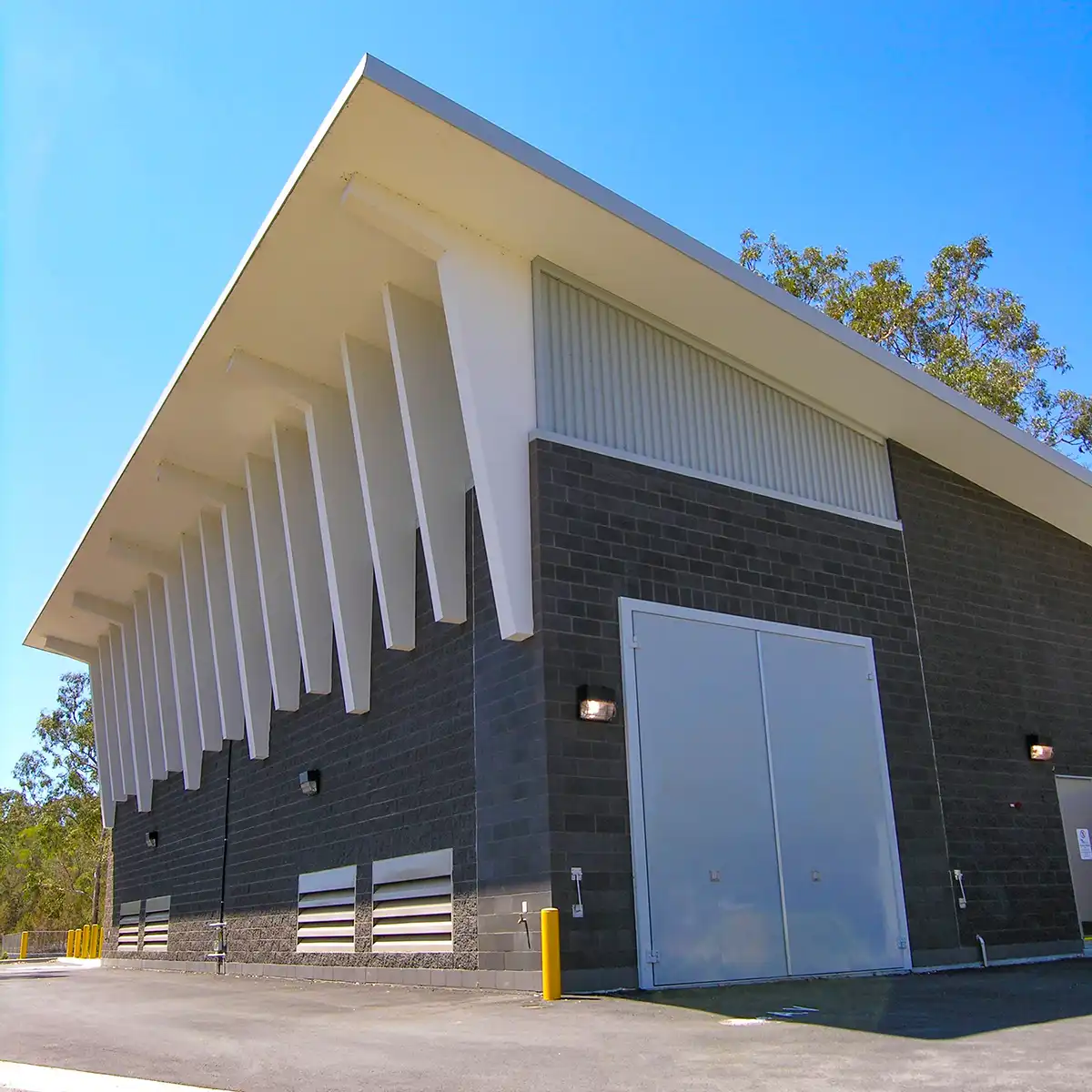


Acoustic panels are devices designed to absorb and reduce sound waves inside a space or vehicle. They can be used to either reduce overall volume or to improve the quality of sound by reducing echoes, reverberation, and other unwanted sound reflections. Acoustic panels are generally placed on walls or ceilings, however their design and placement can be tailored to address specific acoustic issues in a particular space or vehicle.


Acoustic enclosures are specialised structures or rooms designed to isolate and reduce the transmission of sound from a noisy source to the surrounding environment. Acoustic enclosures are commonly used to house noisy machinery, generators, compressors, or other equipment that generate high levels of noise. The use of an acoustic enclosure works to help improve working conditions for people who work near or around the noisy equipment, plus it works to reduce noise pollution in the surrounding area.


Austic doors coare specially designed, engineered and manufactured to reduce the transmission of sound from one area of a building to another. Acran Sound Control’s acoustic doors achieve the tested door rating by using of a system that comprises of a door leaf, door jamb, and door seals.


Acoustic louvres, also known as sound attenuating louvres, are ventilation components designed to reduce the transmission of sound through airflows. They are made of multiple rows of parallel blades that are angled to allow air to pass through while also reflecting and diffusing sound waves.


Diesel and gas generator enclosures are specialised structures designed and engineered to house and protect diesel and gas-powered generators. The enclosures are also engineered to reduce the transmission of noise from the generator to the surrounding environment, which is particularly important in noise-sensitive areas such as nearby residential neighbourhoods or hospitals. Generator enclosures also include ventilation systems to provide adequate airflow for the generator’s cooling system and to prevent the build-up of harmful gases such as carbon monoxide.


Diesel and gas mufflers—also known as exhaust silencers—are specialised components designed to reduce the noise produced by diesel and gas-powered engines. The mufflers work by slowing down and dissipating the exhaust gases as they exit the engine, which reduces the pressure and sound waves produced by the engine. In addition to reducing noise, diesel and gas mufflers can also play a role in reducing emissions by increasing the turbulence of the exhaust gases, which in turn helps to improve the mixing of fuel and air that promotes more complete combustion of the fuel.


Tunnel attenuators are devices used to reduce the noise produced by ventilation systems in large scale vehicle and rain tunnels. Transport tunnels are frequently located in urban areas with noise-sensitive requirements, as such tunnel attenuators are generally placed within the ventilation ducts or shafts to reduce the level of noise that is transmitted to the surrounding environment.


Sound attenuators are sound-absorbing devices used to reduce the level of noise produced by mechanical equipment and other sources of noise in industrial and commercial settings—including through ventilation ducts and other pathways.


Vent silencers are specialised components designed to reduce the noise produced by the discharge of gases or air from a vent or exhaust system. More specifically they are used to attenuate noise produced by the expansion of gas and steam from elevated pressures to atmospheric pressure.


Gas turbine exhaust silencers, also known as gas turbine mufflers, are specialised components designed to reduce the noise produced by the discharge of hot gases from a gas turbine engine. Gas turbine exhaust silencers work by slowing down and dissipating the flow of hot gases as they exit the engine, which reduces the pressure and sound waves produced by the discharge.